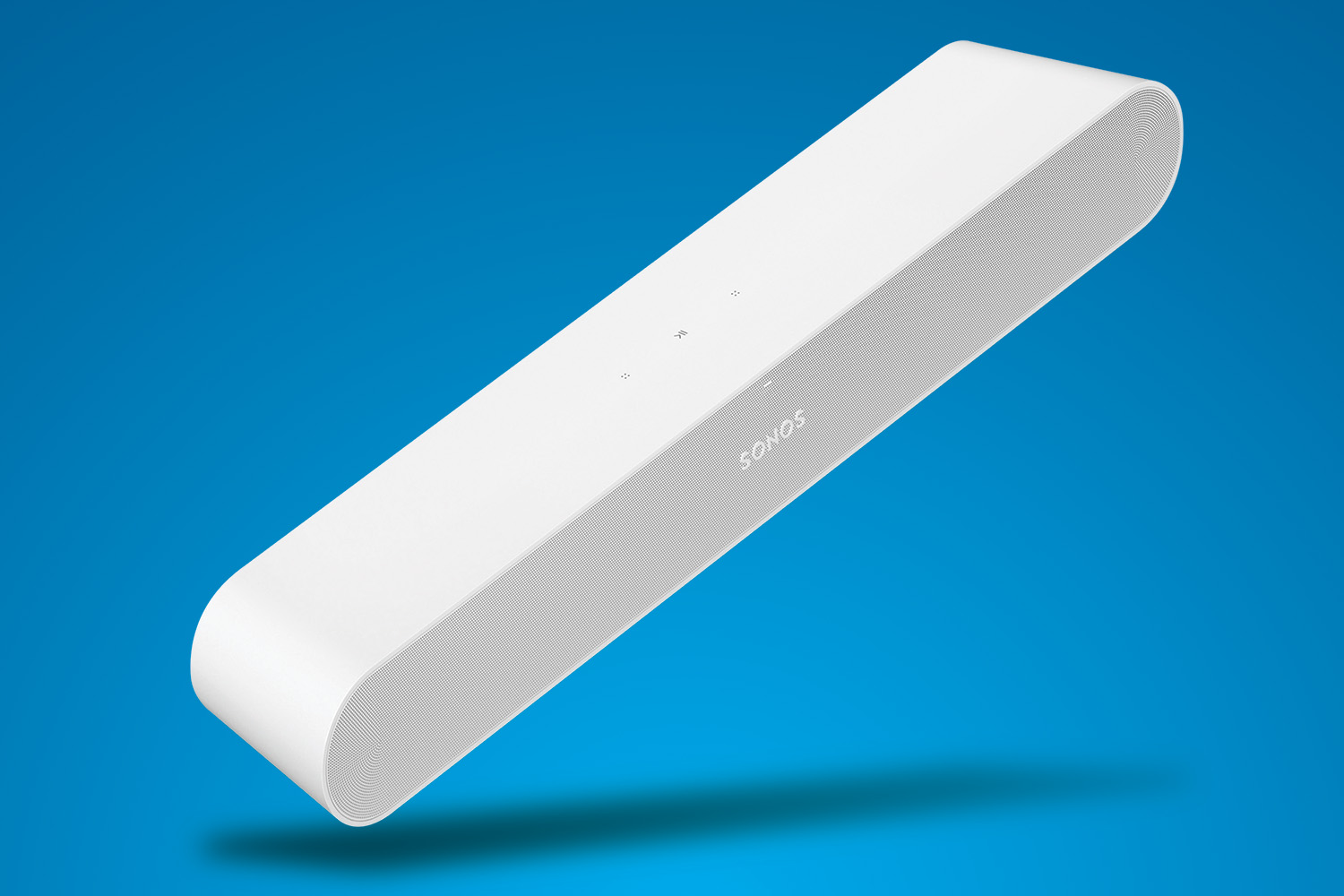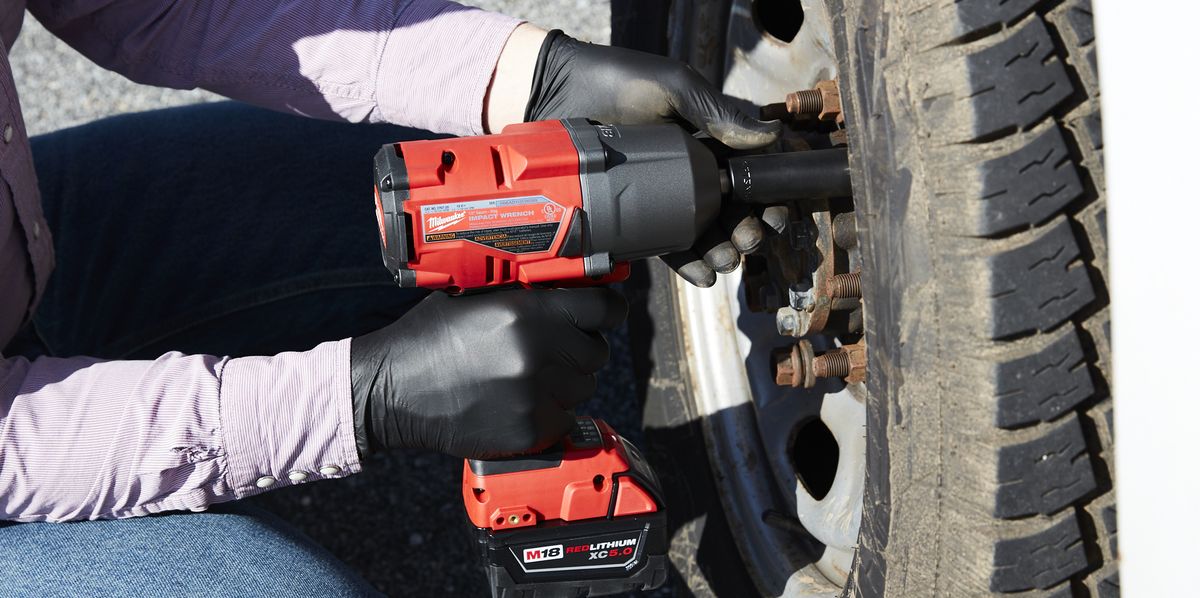Some people are more accident-prone than others, but none of us are immune to cuts, burns, and other injuries. Whether you’re at home in your workshop or hiking in the backcountry, a ready-made first aid kit is never a bad idea to keep on hand.
Most basic first aid kits provide medical and emergency supplies to immediately treat wounds, and are commonly filled with adhesive bandages, sterilizing components, nitrile gloves, and small items like tweezers and medical scissors. Some of the more outdoor-oriented kits have trail-specific supplies as well, like burn gel or blister care. We appreciate first aid kits that also come with a few different over-the-counter medications as well, like ibuprofen and antihistamines.
Because first aid kits aren’t the same, yours should be tailored for its intended use. Ahead, we cover the best first aid kits for your home, car, or backpack that lend peace of mind and essential supplies in case of emergency.
The Best First Aid Kits
What to Consider
How We Selected
To find the best first aid kits, we spoke with EMT and search-and-rescue team member Dawn Brintnall to help us understand what we should keep in a first-aid kit, and why. From there, we compared the supply lists, component sourcing, case construction, and cost of different models to figure out a range of first-aid kits for different usages and emergency situations.
First aid kits are essential, but plenty of times they tend to sit in a cabinet or hang on a wall and collect dust. We recommend paying only for what you really need, without skimping on necessities.
Our test editors have used several models on this list at home and in the field. We’ve also used first aid kits during our time spent guiding in the backcountry, as well as front-country lifeguarding at pools and lakes, and in workplace scenarios with food service and schools.
Our top pick is chock full of supplies that can treat a host of injuries and ailments. First Aid Only doesn’t skimp on quantity either, making this first aid kit large enough for families. More than 200 bandages and gauze pads of various sizes are at the ready for scraped knees, paper cuts, and other open wounds.
As for medications and ointments, the kit has a larger selection than most all-purpose competitors, though the quantities of aspirin, ibuprofen, and a non-aspirin acetaminophen are limited to just six tablets. Other pain relief comes in the form of a burn gel packet—handy for the kitchen or campsite—and three sting relief wipes, plus a disposable thermometer.
All 298 items are housed within a soft-sided nylon case, which has clear dividers inside. This organization system is less sophisticated than some other cases, but for a kit that’ll live under your sink or in your car, it’s a great pick.
This inexpensive first aid kit is a fantastic value for all that’s packed inside—including some things you won’t find in higher-priced kits, such as a snap-and-use cold compress and a splint. Beyond that, it comes with different sized wound covers, butterfly closures, and treatment for minor cuts and contusions.
We like that it has plenty of gauze and adhesive bandages and appreciate that the interior of the case is split into two sides, with the first-aid items slotting nicely into their respective compartments. The hard plastic case protects against drops, and the slide-latches stay securely fastened but are also easy to open one-handed. All in all it’s a versatile, affordable option that’s small enough to stow in a kitchen cabinet or under a car seat.
Whether you’re a little clumsy or just like to be prepared, this miniature first aid kit is ideal for treating scrapes and cuts. The lightweight, crush-resistant tin easily fits in a pants pocket or purse. Plus, it has a cute vintage look and the tin can be reused in the house.
More than half of its 26 items are bandages, with antiseptic wipes and antibiotic ointment to help ward off infection. Over-the-counter drugs for alleviating headaches and other minor pains are conspicuously absent. However, Coleman adds a few EDC supplies that can come in handy unexpectedly: two safety pins and a razor blade. This compact kit won’t serve as a replacement for larger, more comprehensive kits, but it’s perfect to throw in a bag for those unexpected cuts or scrapes.
This is the kit Brintnall recommends for groups up to four people heading into the backcountry, or on a remote front-country camping trip. It’s flexible and compact, but can be split between people if one person doesn’t want to carry the full weight.
“The combination of outdoor-specific first aid like blister care and splinter tweezers is helpful for scenarios in the woods or mountains, and the allergy medications can be necessary in unfamiliar areas,” Brintnall says.
This kit has a balanced combination of medications (antihistamines, diamode, ibuprofen) and first-aid items (gauze, benzoin, closure strips, antibiotic ointment), and the Moleskin-like blister aids are probably going to be the first thing you use up. The interior of the kit has two watertight bags to keep everything dry, and it even includes outdoor-specific items like a two-foot roll of duct tape and splinter tweezers.
Brintnall recommends this first aid kit for the car, and notes how robust its contents are considering its portability. The compact size belies its’ 200-piece interior, making it the perfect option to keep stashed in a glove compartment or under a seat, and it contains everything to treat minor wounds.
The case is soft-sided but structured, with a full zip for splaying open to access everything you need. It has gauze pads, adhesive bandages with different dimensions and sizing, an instant ice pack, medical scissors, and wipes to clean out cuts and scrapes.
It’s a little heavy for carrying in a backpack during road trip stops or other travels, but you can grab a few items and throw them in a separate baggie to carry with you if you leave the car and want peace of mind.
When you don’t need to carry your first aid kit around or stash it under the seat of your car, more items can’t hurt, especially when it’s reasonably priced. This kit has more durable, quality components than other kits we tested, and works just as well in a moderate workplace (read: school or restaurant, not construction site) as it does at home. The case is sturdy and the interior is well organized, and we didn’t have any trouble finding what we needed quickly.
The two-level interior keeps small items neatly stacked, and the labels are all easy to read, even if it’s wall mounted at head height. The range of medical supplies exceeds the smaller kits on this list, and includes everything from multiple sizes of bandages to different antiseptics to wraps specifically made to stay on elbows and knees. It has medical tape, a special wound care pad for abdominal trauma, a finger splint, and pre-soaked pads to ease the pain of bee and wasp stings.
What to Include in a DIY First Aid Kit
While a pre-made first aid kit is handy, it is sometimes cheaper, pound-for-pound, to make your own, which allows you plenty of extras to restock your kit when you run out of Band-Aids or antiseptic wipes.
If you go this route, we suggest skipping the expensive first aid kit case for a small, waterproof food container, and portion out individual amounts of each item. If you’re heading out on an ultralight backpacking or bike trip, you can swap the hard-sided container for a small dry bag.
Maggie Slepian is a full-time freelance writer in the outdoor industry and has tested gear professionally for almost ten years—she is an avid backpacker, trail runner, bikepacker, and horseback rider and has thru-hiked thousands of miles on the Appalachian, Colorado, and Ouachita trails, along with backcountry travel on terrain including coastal trails, the desert, and high alpine peaks. Maggie has written for New York Magazine, Huffington Post, REI, and Outside. She is a columnist with Backpacker Magazine and is the co-founder of BackpackingRoutes.com. Contact her at MaggieSlepian.com.
Tom Price is an Associate Editor of Reviews for Popular Mechanics, and also contributes to Runner’s World, and Bicycling. He has previously covered product reviews, startup news, and even professional wrestling. In his free time, he enjoys watching pretentious TV, low-brow movies, and exercising for beauty, not health. If you are interested in exploring more of his work, check out his website.

Adrienne Donica tested hiking, camping, and other adventure gear as Popular Mechanics‘ outdoors editor, before going on to edit gear reviews for Popular Mechanics, Runner’s World, and Bicycling as Expert Reviews editor. Find her on the trail, working on her latest cocktail project, or eating mint chocolate chip ice cream.
£



















